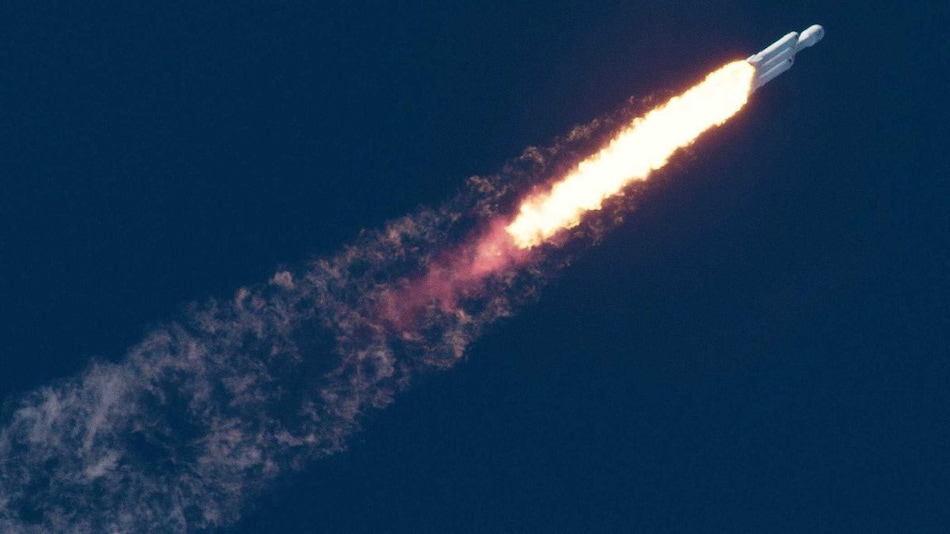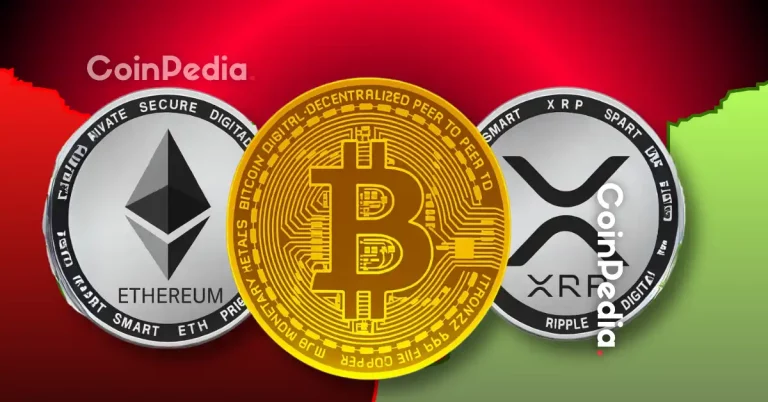
Concerns arise as global rocket launches raise questions about their effect on the ozone layer, our planet’s protective barrier against harmful UV radiation. The environmental risks associated with rocket emissions are gaining attention from researchers like Sandro Vattioni and his team.
The commercial space industry is booming, offering opportunities, yet posing significant threats to the environment by contributing to ozone layer depletion during spacecraft launches and re-entries.
Rocket Emissions Threaten Ozone Layer
Reports from Phys org reveal that rockets release pollutants such as soot and chlorine into the upper atmosphere, where these particles linger longer compared to ground pollutants. This leads to chemical reactions that harm the ozone layer. Upon satellite re-entry, metal particles and nitrogen oxides are released, exacerbating the damage. Current models often overlook the impacts of re-entry, underestimating the environmental costs.
Climatic simulations indicate that if rocket launches reach 2,040 annually by 2030, the global ozone layer, still in recovery from past CFC damage, may face further delays in healing. Unchecked emissions could impede the recovery process.
Global Efforts to Safeguard Earth’s Atmosphere
The choice of rocket fuel plays a vital role, with the majority of rockets using propellants containing soot and chlorine, known for ozone depletion. A small fraction employs cryogenic fuels like liquid hydrogen and oxygen, considered less harmful to the ozone layer, albeit challenging to handle.
To protect the ozone layer, the space industry must adopt cleaner fuels, monitor emissions, and adhere to strict guidelines. International collaboration, exemplified by the Montreal Protocol’s success in phasing out CFCs, is essential for preserving Earth’s atmosphere alongside advancing space exploration.



